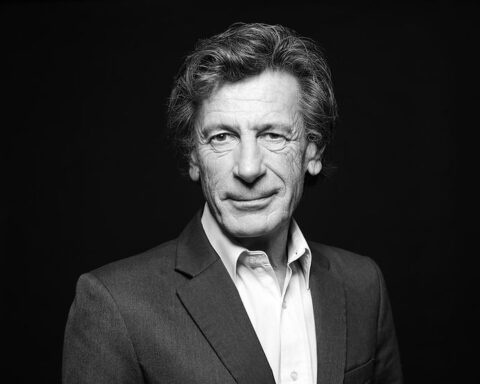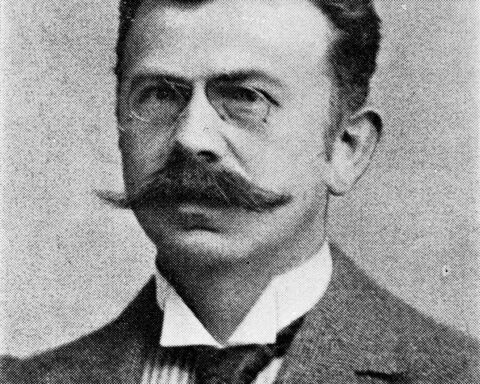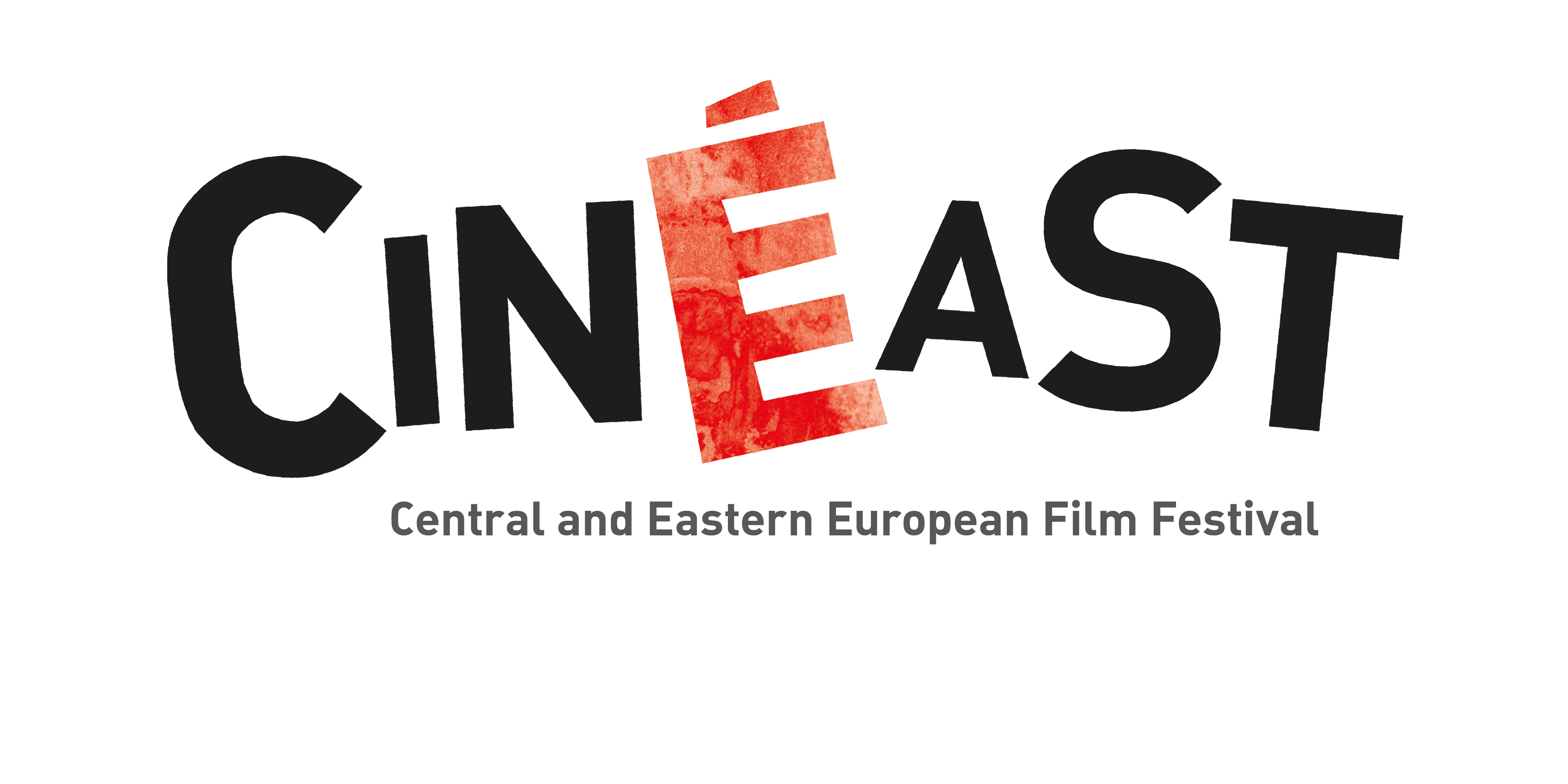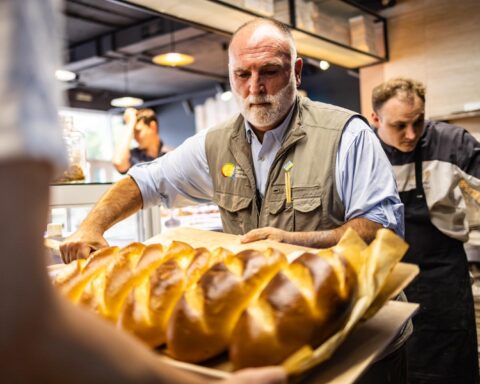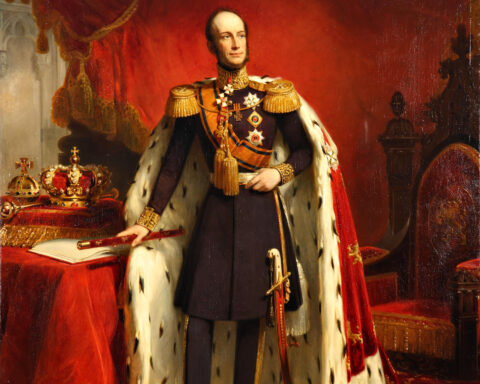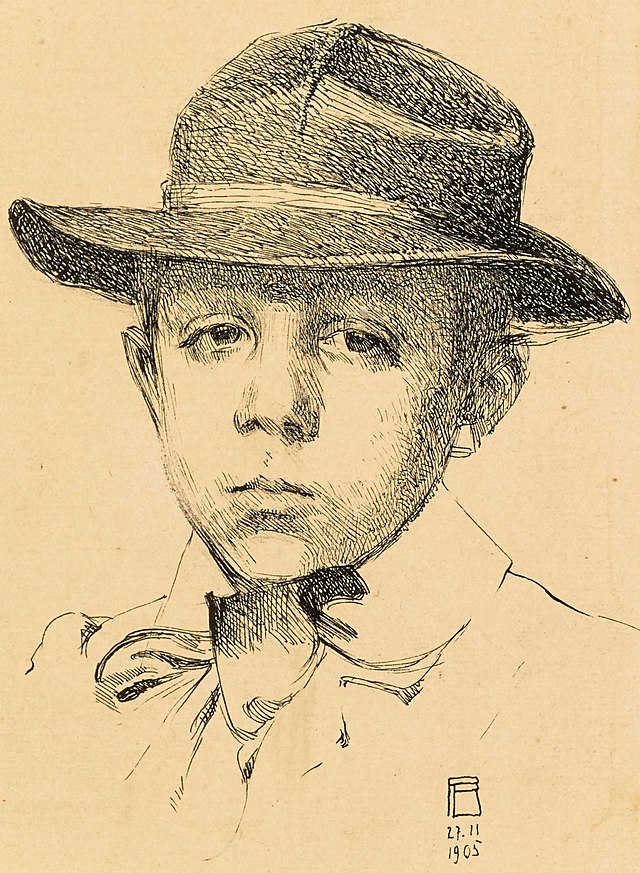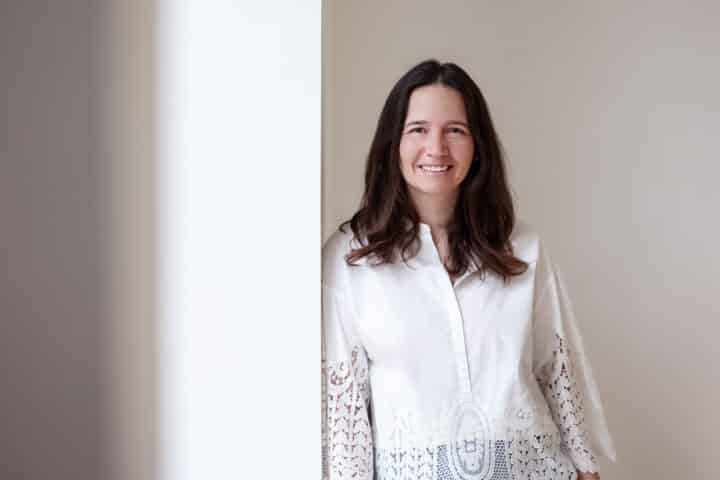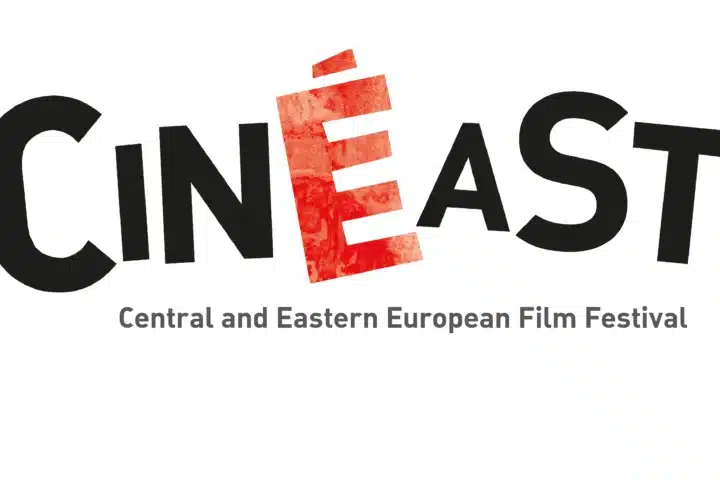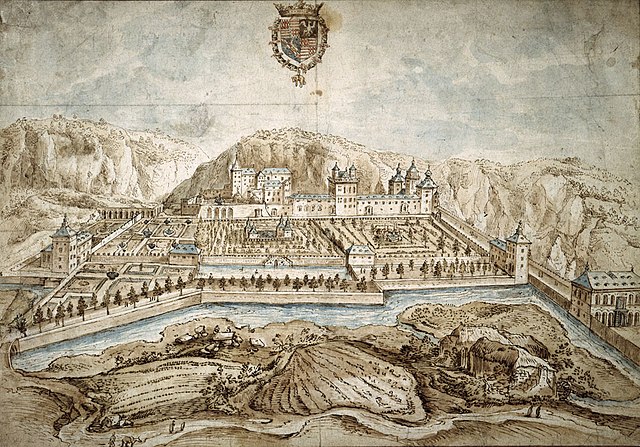Auguste Trémont, born in 1892 in Luxembourg, transitioned from painting to sculpture, capturing the essence of animals with remarkable precision and vitality.
From Steelworks to Artistic Awakening
Trémont’s early artistic journey began in Paris at the École Nationale Supérieure des Arts Décoratifs in 1909. However, World War I interrupted his studies. While attempting to return to Paris via Switzerland, he was arrested by German forces and imprisoned. Upon release, he returned to Luxembourg and worked in a steel factory in Dudelange until 1918. This environment provided him with the opportunity to sketch steelworkers, honing his observational skills and understanding of form. After the war, he resumed his studies at the École des Beaux-Arts in Paris, initially focusing on portraits and still lifes. A visit to the Jardin des Plantesignited his passion for animal subjects, leading him to specialize in animalier art, a field he found both challenging and rewarding.
Sculpting the Animal Kingdom
In 1924, Trémont ventured into sculpture, creating his first three-dimensional works. His sculptures, characterised by meticulous detail and dynamic forms, often depicted big cats, primates, and other wildlife. Notable pieces include “Panthère tournant,” “Chimpanzé marchant,” and “Tigre royal.” His works were exhibited in prominent Parisian galleries such as Galerie Ruhlmann, Galerie Edgar Brandt, and Galerie Malesherbes. Trémont’s sculptures gained international recognition,
“Trémont ‘transferred into matter the feline gait of the wild animal’, capturing the vitality of his art.”
Legacy in Luxembourg and Beyond
Trémont’s contributions extended beyond the art world into public spaces. He designed the “Feiersteppler,” a depiction of a steelworker, later used by Armand Bonnetain for Luxembourg’s 1 and 2 Franc coins introduced in 1924. His monumental sculptures adorn various landmarks, including two lions at the entrance of Luxembourg City Hall and religious scenes in Notre-Dame Cathedral. He also created works for international exhibitions, such as the Luxembourgish pavilions at the Brussels 1935 and Paris 1937 World’s Fairs. Trémont’s art continues to be celebrated, with his pieces featured on Luxembourgish stamps and displayed in museums and public spaces, reflecting his enduring impact on the nation’s cultural heritage.


